The Centre for Alternative Technology (CAT) was raised from the ground of an old quarry 51 years ago, transforming the site into a world-leading eco-centre.
The centre attracted people who wanted to find solutions to Earth’s problems like running out of fuel, as well as joining a truly cooperatively run enterprise.
The centre has many accolades, as one of the world's longest-running environment organisations, it was home to the first completely solar-powered building in the UK and Europe’s ‘most insulated house’, it has spouted out graduates that are leading in renewable energy, appliances (think solar-powered fridges storing the worlds vaccines) and housing materials, with the original members authoring the first-ever UK alternative energy strategy in 1977.
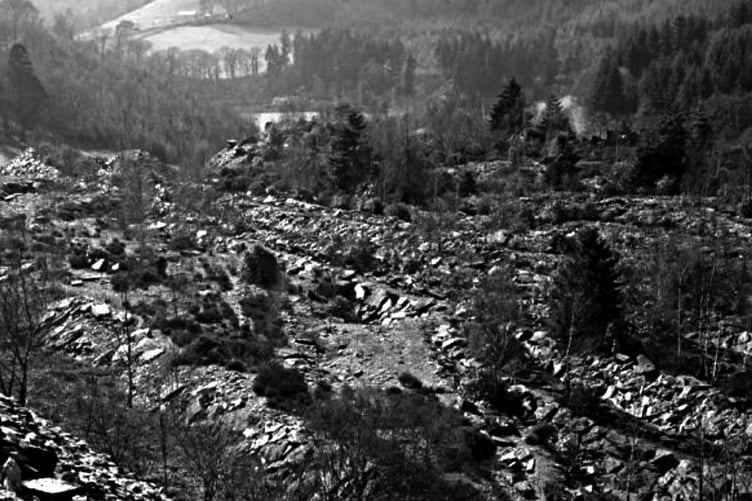
However CAT has recently been branded with less favourable descriptors too.
In November 2023 after an abrupt announcement that the long-serving visitors centre would be closing with immediate effect, eight staff were made redundant and 55 signed a ‘vote of no confidence’ letter addressed to senior management.
The letter described CAT as a "sick organisation" with "defensive, aggressive, secretive and disrespectful" management.
What was once a centre that drew employees for its cooperative and census-based methods, with a ‘flat pay structure where everyone took a turn at cleaning the bogs’ according to one ex-employee, has turned into a registered charity with a hierarchy causing staff to leave due to ‘discontent’, with a ‘disastrous’ pay review in 2022 which left minimum wagers with little else whilst top dogs got comfy pay boosts. So has the world-renowned organisation been put to shame and its ethical working principles long in the dust or is the pandemic-lame centre slowly refinding its feet?
The Cambrian News takes an exclusive look into the long-awaited redevelopment plans of the newly controversial institution.
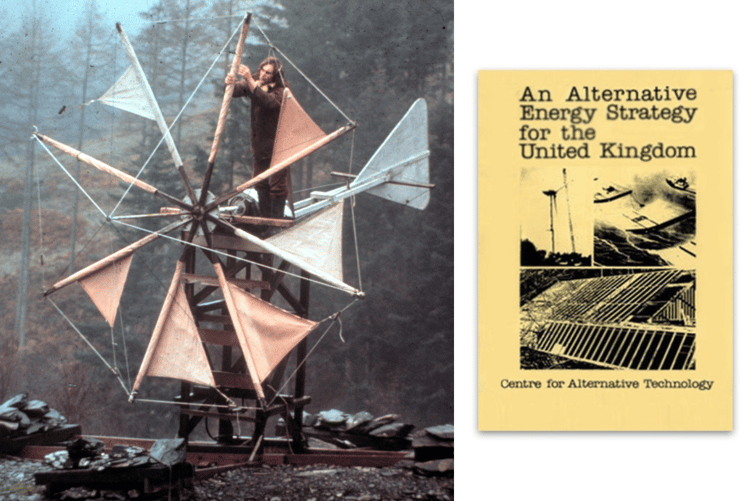
CAT’s visitors centre was part of its founding mission to build a more sustainable society and share that knowledge without barriers.
The centre was free for locals who could bring their children and engage informally with the state-of-the-art technology and methods for making a greener world.
Many visitors have been inspired to go on to live greener lives or entire careers in sustainability after visiting the learning centre during a school trip or a summer holiday.
It makes sense then that many were devastated by the news of its sudden closure, not least the eight staff who were let go.
A student who wanted to stay anonymous said: “It’s heartbreaking.
“I have so much love for CAT, the work it does and the people who work here.
“It's just such a shame the management team are completely disconnected from the daily lives of people who work here.
“Most of the management and trustees don't even live in the area or ever come to site, let alone interact with the staff on the ground.
“Lots of my friends were at risk of losing their jobs over this.
“And it affected services available to me as a student such as the convenience of having the cafe there.
“It has made me less likely to use the site.”
CAT cited a ‘rise in running costs and a drop in footfall’ as reasons for the visitor centre closure, having taken a hit in income due to the pandemic.
In December the centre sent a letter calling for £10 donations from supporters over Christmas to ‘help give people the knowledge, skills and tools to take environmental action’.
Despite 2023 being the first full year out of the COVID-19 pandemic that choked many tourist-funded enterprises, the visitors centre saw a drop in income from £109,828 in 2022 to £101,690 in 2023.
Comparing the income with the expenditure the centre needed to keep running, which was £361,021 in 2022/23, it starts to become clear why the visitors centre couldn’t go on in its current state.
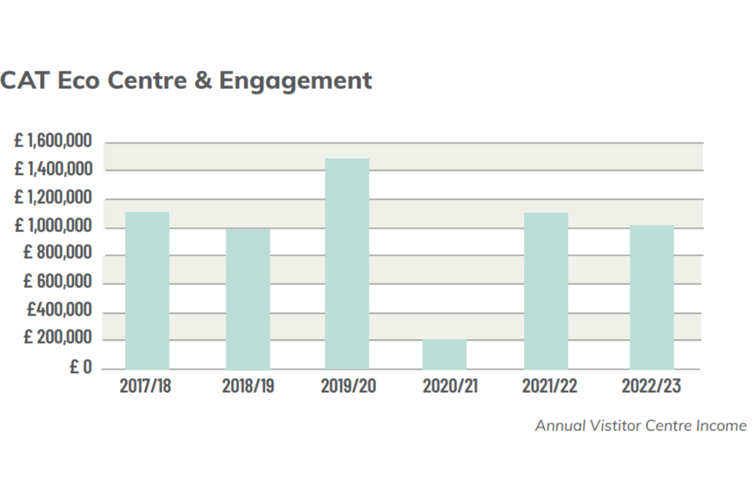
Whilst closed, CAT has been able to focus on organised visits booked in advance from organisations, community groups and schools as well as their 200-strong yearly graduate programme.
They are also still in the process of training councils and businesses on Carbon Literacy as part of the Zero Carbon Britain Hub and Innovation Lab, which has trained 250 councils to date.
However the visitors centre was never planned to stay shut, but for the centre which was first established in the 70s to be redeveloped.
The vision is to create a “powerful and immersive learning experience”, bringing “huge practical benefits with the delivery of skills for the future in renewable energy, sustainable construction and retrofit, food, land use and sustainable tourism”.
Co-CEO Eileen Kinsman said: “There is an urgent need to take action on climate change.
“We need to scale up what we do in response to that.
“Our plans to redevelop the site and centre are to create an inspiring new visitor experience and enhance our training and education offer.”
This involves revamping the slightly tired-looking reception area at the bottom of the famous water-powered funicular, into an ‘arrival and welcome hub’ with a shop with refreshments, an orientation space, an outdoor space and a water feature.
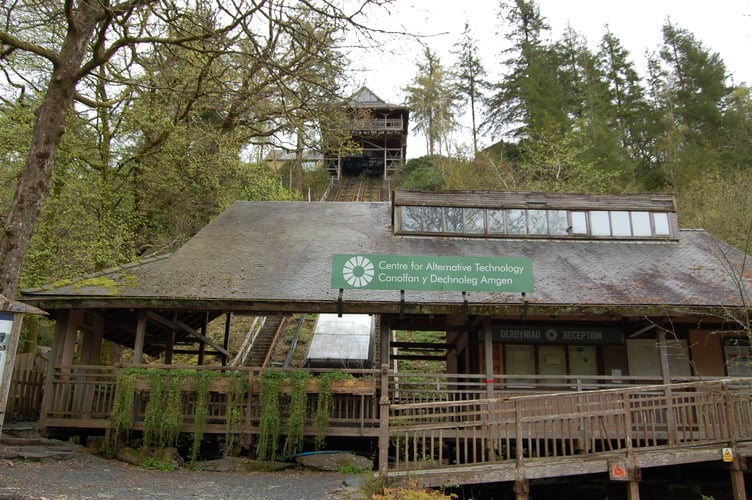
The funicular dating back to 1991 also needs a bit of TLC.
CAT hopes to reopen the visitors centre when funding is secured and reimagine the visitors' experience to “inspire different people to imagine a regenerative future, no matter what stage they’re at” in their green journey.
This will include showcasing inspiring stories and business solutions as well as hands-on activities, art exhibitions, audio-visual displays, gardens and play areas ‘for all ages’.
The redevelopment architects Haworth Tompkins Ltd (think the National Theatre, Battersea Arts Centre, the Liverpool Everyman) specialises in repurposing existing buildings rather than building anew will repurpose an existing building into a new sustainable skills hub with space for start-up residences, a materials bank and practical space rooms.
Ms Kinsman said: “We know that with the urgency of climate change and with the wider destruction of the natural world, we need to help more people and organisations to gain the skills, knowledge, networks and confidence to take positive, practical action.
“Plans for adaptable, custom-built learning spaces, workshops and labs will allow us to cater for a wider range of groups and courses, and offer an enhanced learning experience.”
The plans also involve a new build called the ‘Forum’ as a covered amphitheatre which will become a central hub for events to ‘trigger conversations’ and workshops as ‘break-out spaces’.
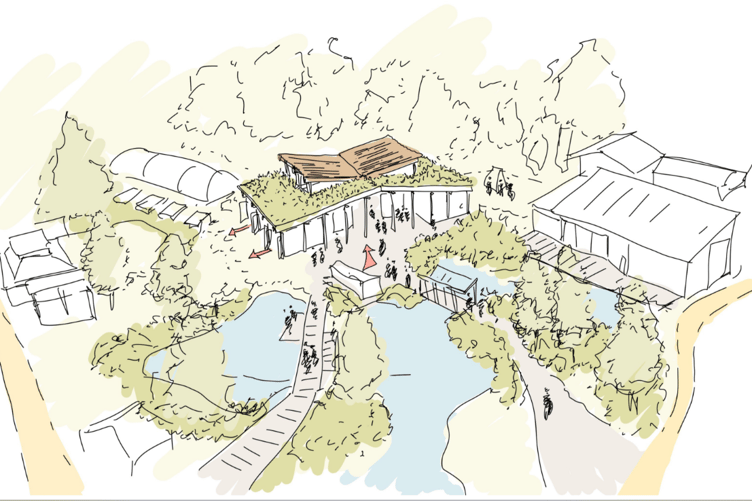
The cafe and restaurant space will be expanded to help the centre host its various visitors, which include long-term volunteers, post-graduates, organisations on trips and people doing short and long-term courses.
The plans will also include expanding the much-needed on-site accommodation, which is currently causing the organisation to turn away conference bookings, by adding a new 12-bed wing to the current 24 bedrooms.
The plans were developed through site surveys and consultation with users and the local community, though current plans are subject to change pending funding and feedback.
The management hopes the estimated 50,000 visitors that the new developments will attract will also benefit the local area through income and tourism.
They hope it will create an estimated 25 new jobs, with the potential for more with the increase in visitors.
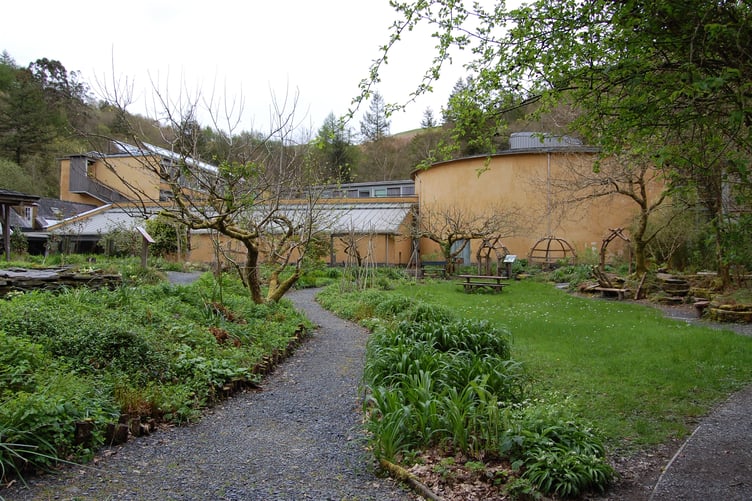
They hope to use a mix of national firms and local contractors, suppliers and apprentices in the construction work, upskilling workers where necessary in the techniques CAT hopes to use for the work, to ‘retrofit’ the site to the ‘highest energy standards’ using locally sourced materials to create ‘adaptable buildings for longevity’.
Buildings to be dismantled will be harvested for material reuse whilst creating additional onsite renewable energy sources and linking with a new community solar power.
They’ll be adding more electric vehicle charging points to the car park and engaging with Cyngor Gwynedd who recently cut services to CAT as well as to nearby villages Corris and Ceinws (much to neighbours' dismay).
To fund all this, CAT was shortlisted for £24.2 million of Mid Wales Growth Deal investment in 2020 when the UK and Welsh Government committed to investing £110 million into the broader ‘Growth Deal’ across 10-15 years.
Since then and one pandemic later, CAT has seen zero of that cash.
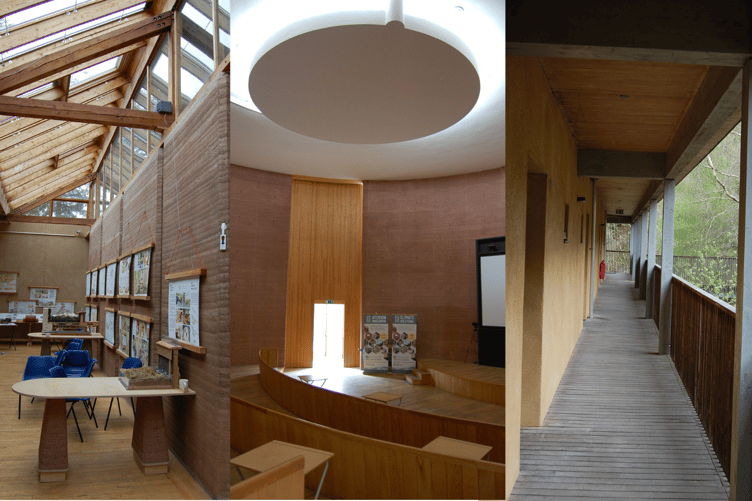
Whilst it dangles in front of senior staff like a golden carrot, they are required to make increasingly detailed business cases (which CAT has now run out of money to write) right down to “the number of screws we’ll use and the cost of those screws” before the project will be given the green light.
CAT would only receive a humble £13m from the Growth Deal, the rest would need to be match-funded by private investors.
So dependent on passing the second and third hurdles of the business case for the Growth Deal investment, this could be a turning point for the institution.
But will this be enough to save it in the eyes of those who feel betrayed by what they were led to believe CAT was?
One employee who didn’t want to be named suggested it wasn’t just the pandemic that “ran the centre into the ground”: “There’s been no mention in the press or social media of the mismanagement of resources or the severely poor leadership when discussing the cause of these financial issues but those are huge factors that are viewed by most of the staff body as fundamental in this situation.
“I very much care for my colleagues and I don’t want to cause them more pain but I feel that the management and Trustees need to be held more accountable for the mess.
“It should be known how the place is being run into the ground.”
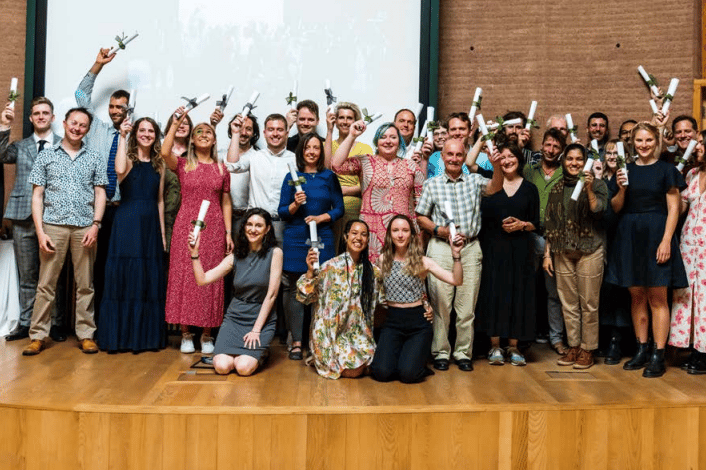
Whilst a student said: “The mood has shifted dramatically on site.
“People who have spent decades working here and pouring their heart and soul into making this place special have left voluntarily because of the ethos the management team are practising.
“Management is all from a hard-core business background which is in complete juxtaposition to the values that CAT teaches, preaches and embodies.”
However they wanted to “celebrate how great the graduate school is, and that it does operate with some degree of autonomy,” having produced 2,000 graduates since the school’s launch in 2007, adding: “They have been very supportive of students and still deliver really powerful education.”
Another student agreed: “The students who go through CAT every year represent hundreds of stones being thrown into a pond and creating ripples of sustainability all across the UK.
“They are in workplaces every day providing thoughtful input about sustainability mechanisms in ways that those companies might not otherwise have access to.
“The pedagogy that CAT has is a deep and thoughtful one, centred around systems change, and there is a foundational practice of holism there when it comes to the lecturing staff and how they teach us about sustainability and its applications.
“Whether or not the Co-CEOs are handling the business side of things with the same care and consideration for holistic sustainability as the teaching department is a question worth asking, but it's not one worth asking in isolation because I don’t think at CAT you can separate the business from the broader impact that CAT has.”
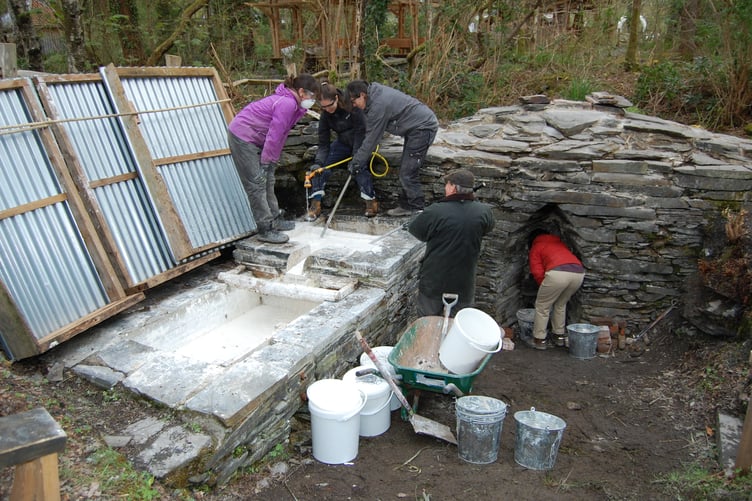
In response to the criticism, Ms Kinsman said: “Last year was really difficult.
“Obviously, you don’t want to make one single person redundant.
“It was really really horrible, none of us wanted to do that.
“This year feels much more positive.
“We've started this year really positively and want to move on as a team. “As a charity, our accounts are audited, so if there was any evidence of financial mismanagement that would be raised then.
“Charities are audited with much much greater scrutiny than traditional businesses.
“Auditors investigate absolutely everything and it's not just limited to finances.
“Our degrees are also externally validated by Liverpool John Moores University and the University of East London so we go through really rigorous processes to be validated, therefore any issues would be raised during these processes.
“Charities can’t be cooperatives, but we definitely want more collaboration.
“Over the last few months we’ve established regular staff days and we’ve set up six new working groups recently on things like strategy and equality and diversity to increase inter-departmental working.”
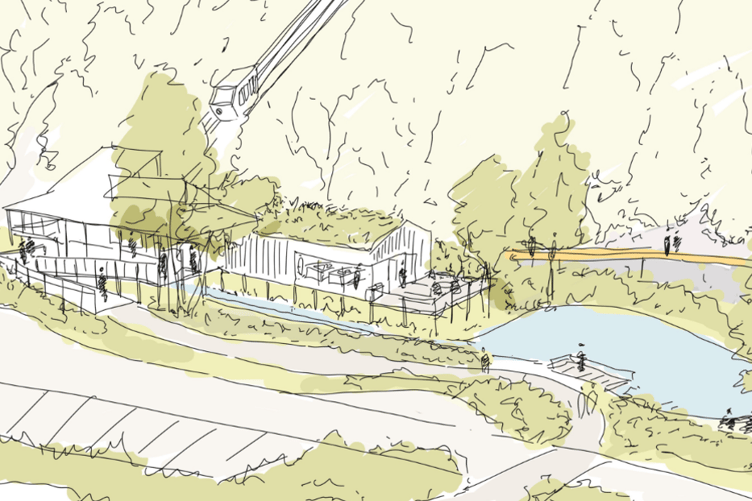

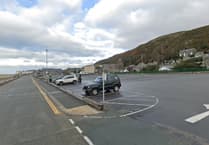

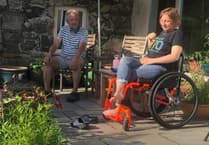
Comments
This article has no comments yet. Be the first to leave a comment.